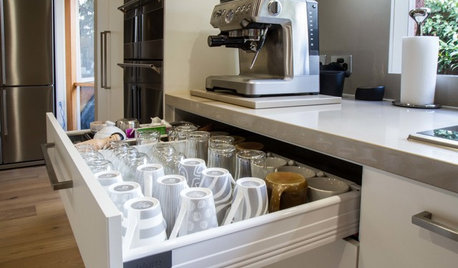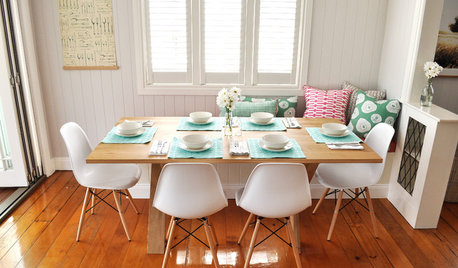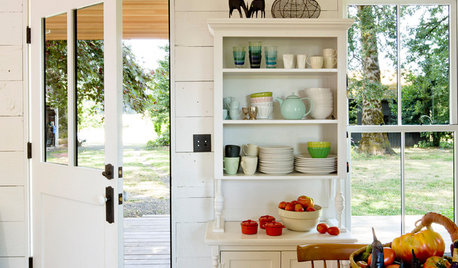It has been said on many sites dedicated to composting methods that a forest floor has very rich, healthy soil due to the dead and decaying matter from the fallen leaves and branches. Left there to its own device, it well compost itself.
I bought my 1st house 2 summers ago, and didn't get the gardening bug until this year. Spent the last month cleaning up weeded areas, cutting down small trees (looked like big weeds 2 yrs ago and ignored them) growing next to my garage, barn and grape trellis, pruning in-the-way branches from where my back yard meets the woods. During this time I'm also discovering my clay soil, which contributes to puddly areas after a good rain. Discovering also the methods of lasagna, no-till, layered gardening, which would be perfect for my situation. So, if I can gradually build up some loamy soil in my gardening areas with dedicated attention to those areas, might I also do the same for the whole yard (realizing, if course, it will take a bit longer)? I will illustrate what I mean with a fictional garden in my real 4000 sq ft (50 by 80) small field out back, behind barn and garage, in front of woods.
Consider, if you will, this scenario: I plan to grow corn and perhaps some variety of field peas together. I mow the lawn, and rake aside, into rows, the clippings. I lay wet newspaper in rows, in between the rows of clippings, then transfer clippings to top of paper. This leaves clear paths of grass just wide enough for a mower to pass. Plant corn and legumes, alternating, into small double-handful sized piles of bagged compost/garden soil mix, spaced appropriately (or, dig small holes thru the paper into native soil and add said mix, then place seeds). Mow paths as needed, mulching as I have the means to.
Now, I'm not going for a cash crop here, I just want some greens and browns growing. If these meager efforts give me even a minimal amount of edibles, great. But that's not the main point.
I suppose my main goal is to make my soil loamy enough that when I DO want to put in a decent, well-tended garden, I don't have to layer quite so much materials as is recommended. I have already spent more than I had planned for on bags of amendments (peat moss, compost, humus, pine bark fines, bales of straw ). 12 to 24 inches of layering sounds pretty high to me, as well as expensive, as I don't have any homemade finished compost yet. I started my current sweet corn plants as mentioned above (although started seedlings inside, but I doubt that it makes a difference), and they seem to be doing well. I think, however, that the corn is the exception rather than the rule. I'll bet that tomatoes, for instance, wouldn't fare quite so well.
Back to theory....
It's end of summer, and whatever corn and beans that would be eaten has been picked. I mow or stomp, adding to that some dead branches, very tall pulled weeds, and leaves, all of which I have plenty. Section off squares and cover with black plastic sheeting, into which I have punctured several holes to allow for air and rain.
Now, the following spring, I pull back the plastic. What will I find? Composted, nutritious soil, or stomped cornstalks, weed debris, half-rotted branches and general nastiness? Is trying to re-cycle my weed and wood debris back into the earth only making more work than is needed? Do I just need to plant a cover crop of fava beans, not worry about planting corn for browns, and just leave it all to break down on it's own? Do these pants make my butt look big?
It may be all just one large moot point, but it's a moot point that's been occupying my mind for a while now. If it's pointless, tell me so. But I'm new to this, so be kind. That being said, any and all thoughts will be appreciated.
Thanks for your time, folks! Just leave your coffee cup there, I'll wash it.
Joyce














takadi
luckygal
Related Discussions
Iron Plant - long and windy, so grab a cup of coffee
Q
How long for compost to turn to "fluffy" black gold?
Q
BeachhouseMBRsuite (v. long, grab drink)
Q
Compost is wet and soggy. Can I use it? It's not done yet..
Q
petalpatsy
avajayOriginal Author
bpgreen
Kimmsr
pennymca
jessicavanderhoff